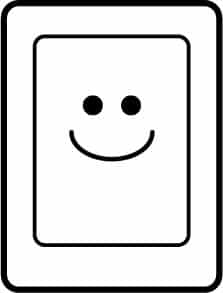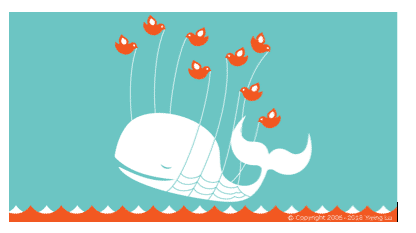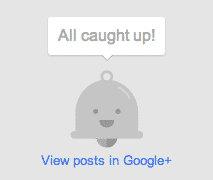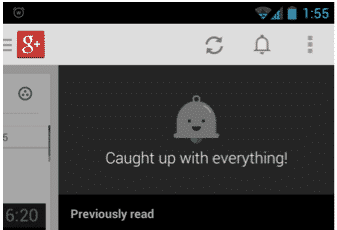Adding Emotion To Marketing With Mascots!

Last weekend I purchased a new eBook reader; a Kobo Mini. When I turned it on I was greeted with a tiny mascot version of the mini kobo. It had a cute little smile and told me I needed to setup my kobo. I felt like I needed to help the little guy out so I filled out the information and when I had finished and locked the kobo, I was again greeted with the same cute face sleeping with the classic ‘ZZZ’.
In the small space of 30 mins, I felt more attached to this device then I’ve ever felt for the Kindle I had owned for several months. This got me thinking; how have other devices and services affect customers by using mascots?
Mascots have been around for a while but I have noticed more and more of them slipping into actual website and application’s user interfaces.
A great example of this is Github.com and its Octocat (feel free to explore all its glory in http://octodex.github.com/ ). This mascot had his humble beginning as a 404 page but grew over time, and with various costumes later it is now an iconic symbol of nerdiness on the internet.

The Octocat is now featured as the default home button, the favicon and used in the github explanation.

I think this is the perfect use of a mascot on a website. While I haven’t even told you what Github does you probably already feel somewhat attached to Octocat. This kind of marketing is not dissimilar to the use of mascots on sugary cereal boxes. The character is a visual cue that makes it easier for customers to remember the company.
If they have a favourable attitude toward that character, they tend to transfer those positive emotions to that product or company.
Mascots can be used to define a company much like Github and Kobo Mini or they can be used as a little bit of spice on your company web design.
The classic example is what has been nicknamed the “Fail Whale”. When twitter.com was in its earliest stages its server often couldn’t take the strain of all its users tweeting. When the server was over capacity it would display this whale picture.

‘Fail Whale’ Gives Frustrated Twitterers Something to Smile About. Wired Magazine.
In this case, Twitter has used the fondness of cute graphics to quell the frustration of the users kicked off twitter. This is a very reactive use of the graphic.
Another example is Google’s newest Google accounts update icon; Mr Jingles.


Mr Jingles is your new friend for notifications. Once you have cleared all your notifications you will see this charming fellow jiggling away. If you click him, he does his little dance. This use of character graphics is similar to the Fail Whale as it isn’t entirely relevant and doesn’t relate to anything. They are there because people enjoy them. I think the addition of this character is a great way to get people excited about clearing notifications but Google has taken the mascot a bit further.


Google has been pushing Mr. Jingles since his release, giving him his own Google plus page and even an interview with Google Plus Daily.
Mr. Jingles, you’re new here. What was your job before you joined Google+?
I hung out a lot in hotel lobbies, the belfries of churches, and on the reins of reindeer. You know, the usual hangouts for a bell. You’d be surprised about how much those jobs relate to letting people know about their latest comments and +1s.
I believe Google will use this character as a way to teach people about the great features on Google Plus and maybe nab some of that market share. I love the implementation of Mr. Bo Jingles (full name) and hope to see his happy little face (for some new friends) appear in other Google produces.
Google, Kobo, Twitter and Github use mascots quite effectively. Tell me what you think. Do you like these friendly critters running around the websites you use? For business owners out there do you think a mascot would suit your business or website?


